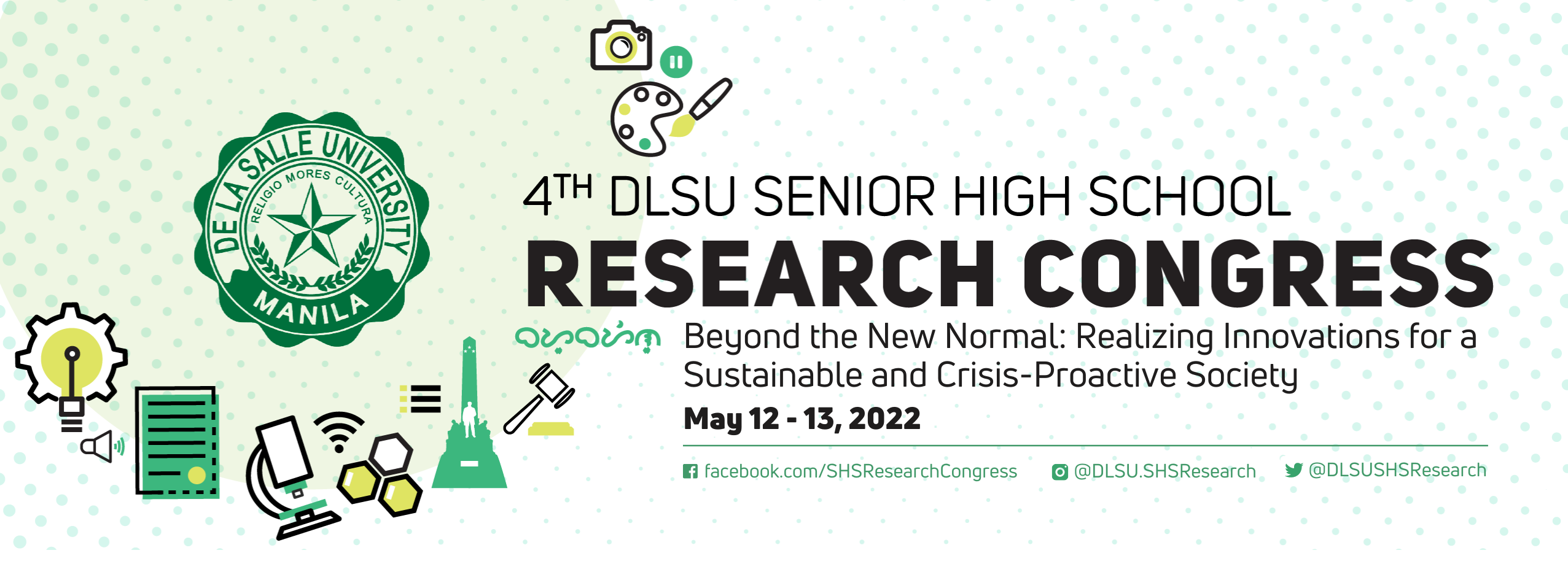Document Types
Paper Presentation
Research Advisor (Last Name, First Name, Middle Initial)
Kathleen B. Aviso
Start Date
12-5-2022 3:30 PM
End Date
12-5-2022 5:30 PM
Abstract/Executive Summary
With the rise of COVID-19, there was an apparent influx in the existing number of masks, specifically single-use surgical masks. The sudden growth in the production, distribution, consumption, and disposal of these masks stimulated a series of environmental threats in water and land biomes. To systematically quantify the impacts, the research aims to examine, compare, and assess the material and production towards Marine Ecotoxicity, Freshwater Ecotoxicity, and Terrestrial (landfill) Ecotoxicity. A streamlined life cycle based approach was used to analyze the associated material and energy inputs, and environmental emissions. Three primary stages are followed in the methodology namely the (1) goal and scope definition, (2) life cycle inventory analysis, and (3) life cycle impact assessment using a landfill and incineration disposal waste scenario. Based on the results gathered, the face mask production phase is the largest contributor in all impact categories which is attributed to the aluminum alloy material. Freshwater Ecotoxicity has the most significant contribution to the environment at a total of 0.000163 species.yr for landfill and 0.000111 species.yr for incineration in comparison to the other two impacts. The transportation system exhibits a common trend in both waste scenarios in which the acquired value for Terrestrial Ecotoxicity is larger. A noticeable gap exists between the land and water ecotoxicity. Other environmental impacts and process alternatives may be considered for future studies.
Keywords
COVID-19; single-use face masks; ecotoxicity; marine; landfill
Research Theme (for Paper Presentation and Poster Presentation submissions only)
Sustainability, Environment, and Energy (SEE)
Analyzing the Environmental Impact of Single-Use Surgical Face Mask using a Streamlined Life Cycle Assessment
With the rise of COVID-19, there was an apparent influx in the existing number of masks, specifically single-use surgical masks. The sudden growth in the production, distribution, consumption, and disposal of these masks stimulated a series of environmental threats in water and land biomes. To systematically quantify the impacts, the research aims to examine, compare, and assess the material and production towards Marine Ecotoxicity, Freshwater Ecotoxicity, and Terrestrial (landfill) Ecotoxicity. A streamlined life cycle based approach was used to analyze the associated material and energy inputs, and environmental emissions. Three primary stages are followed in the methodology namely the (1) goal and scope definition, (2) life cycle inventory analysis, and (3) life cycle impact assessment using a landfill and incineration disposal waste scenario. Based on the results gathered, the face mask production phase is the largest contributor in all impact categories which is attributed to the aluminum alloy material. Freshwater Ecotoxicity has the most significant contribution to the environment at a total of 0.000163 species.yr for landfill and 0.000111 species.yr for incineration in comparison to the other two impacts. The transportation system exhibits a common trend in both waste scenarios in which the acquired value for Terrestrial Ecotoxicity is larger. A noticeable gap exists between the land and water ecotoxicity. Other environmental impacts and process alternatives may be considered for future studies.


